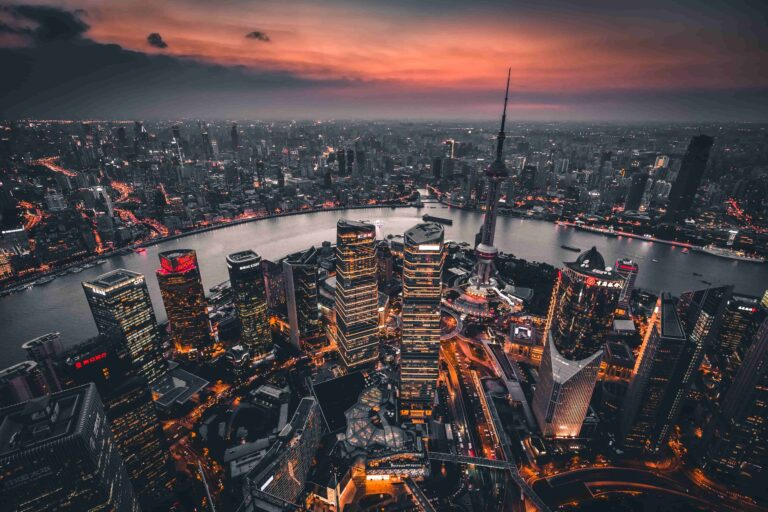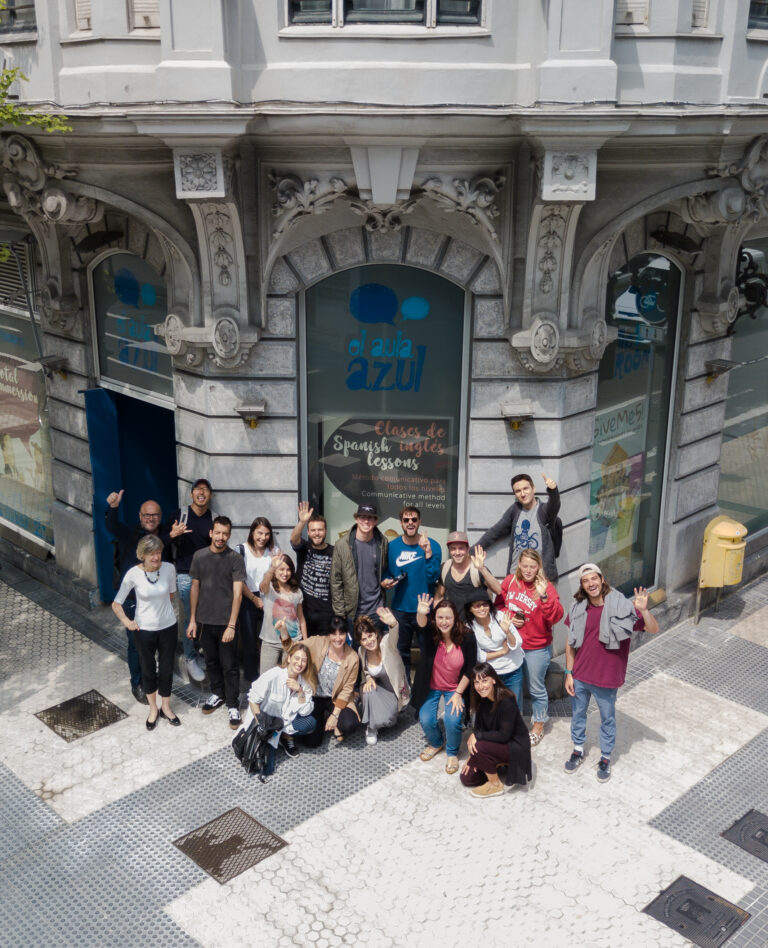School trips aren’t just a break from routine; when carefully linked to the curriculum, they can transform how students see, understand, and remember what they’ve been taught. They bridge the gap between theory and reality, taking lessons off the page and into the hands, hearts, and minds of learners.
When we talk about linking a trip to the curriculum, it’s not just about finding something loosely connected to a subject. It’s about designing an experience that directly supports the learning outcomes your pupils need to achieve and brings classroom concepts to life.
A well-planned trip turns ideas into tangible understanding. A history class on ancient civilizations takes on new depth when students explore the British Museum’ galleries or walk the ruins of Pompeii. A science module on ecosystems becomes unforgettable through hands-on fieldwork in Vietnam or Spain. Even subjects like literature can step beyond theory and see storytelling come alive at Shakespeare’s Globe Theatre in London.
The aim isn’t simply to ‘tick the curriculum box’ but to show students that what they learn has relevance beyond the classroom walls. These trips also benefit teachers, providing rich, authentic material to revisit in follow-up lessons. Students can analyse their observations, collect data, create projects, or reflect in writing – turning the trip into a launchpad for deeper exploration and creativity.
The process starts with clear learning objectives. Knowing what you want students to take away shapes every decision, from choosing the location to planning the activities. Preparation is vital, arming students with background knowledge, questions, or tasks helps them arrive ready to engage.
The possibilities for curriculum-linked trips are wide-ranging. STEM-focused adventures might include environmental field studies, robotics workshops, or hands-on engineering challenges. History comes alive at museums, heritage sites, and interactive Roman workshops. Literature and languages flourish through theatre performances, creative storytelling sessions, or immersive cultural experiences. Many trips combine subjects naturally, encouraging students to make connections and see how different areas of knowledge intersect in the real world.
The learning continues afterwards through follow-up lessons, projects, or creative reflections, ensuring the experience is absorbed and applied. When done well, a curriculum-linked trip is far more than a week away. It inspires curiosity, strengthens critical thinking, and builds a lasting sense of connection to the world around them. For teachers, it offers fresh perspectives and valuable teaching material. For students, it creates memories, skills, and discoveries that remain long after the trip itself – proving that education thrives when it steps beyond the classroom.
If you’d like to learn more about our tours, you can view a selection of our standard itineraries here. Alternatively, you can reach out to our team by form, phone, live chat, or email.



